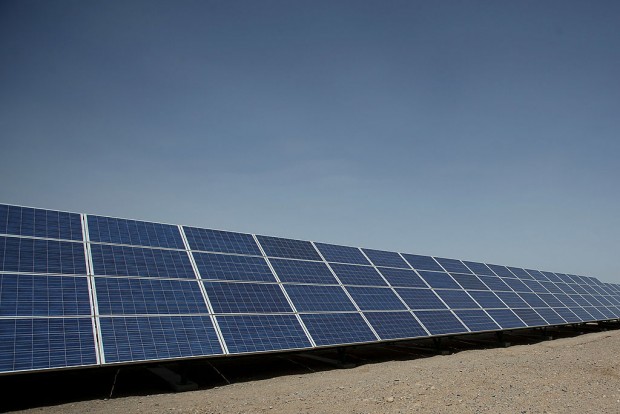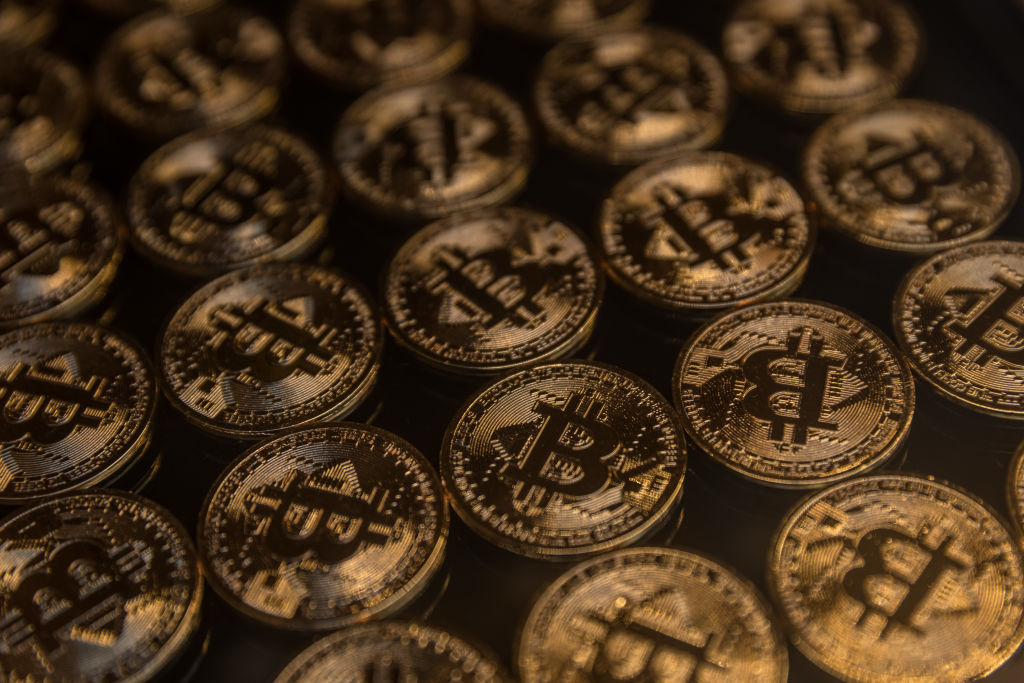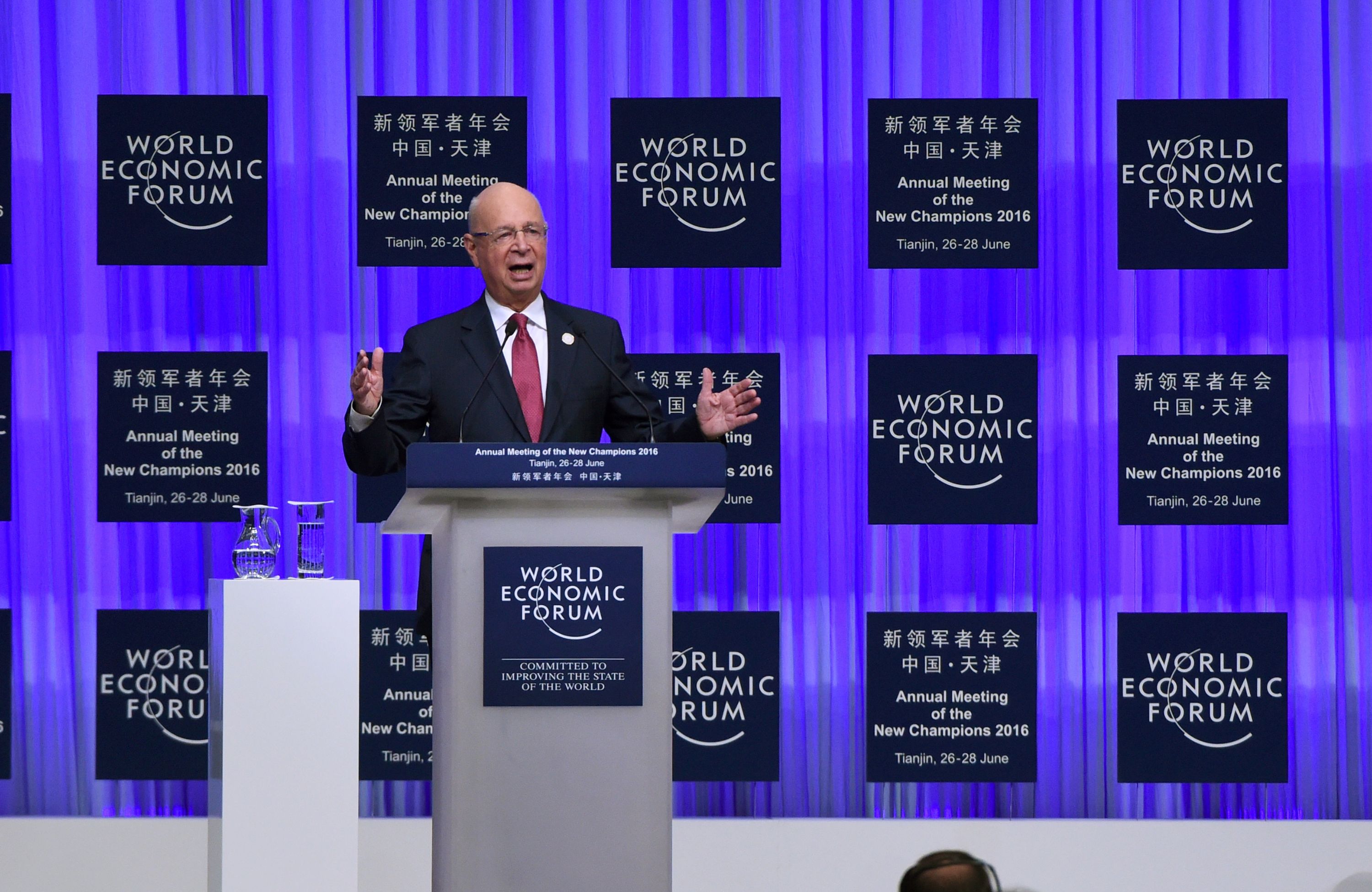New Report Finds China's Development Banks Are Lagging Behind on Green Energy Finance
By April Fowell
According to academics at Boston University, China's promise to stop financing coal from abroad has not yet resulted in more money going into renewable projects. In fact, for the second year in a row in 2022, its development banks will not be lending money to the energy industry.
In 2021, President Xi Jinping declared that China would no longer finance foreign coal and would instead finance more green and low-carbon energy projects in developing nations.
However, even though China's development banks have stopped funding for fossil fuels, they did not commit any new loans for the energy industry in 2021 or 2022, according to the Global Development Policy Center (GDP Center) at Boston University.
Dominance in Traditional Energy Finance and a Green Pivot with the Green Investment and Finance Partnership (GIFP)
A total of 331 loans totaling $225 billion were given for energy projects between 2000 and 2022 by the China Development Bank (CDB) and the Export-Import Bank of China (CHEXIM), with the majority of the funds going toward exploration and extraction. Coal, oil, and gas accounted for about three-quarters of the total loans made.

(Photo : by Feng Li/Getty Images)
DUNHUANG, GANSU - JULY 21: A general view of the solar modules of a newly installed 100MW photovoltaic on-grid power project on July 21, 2010 in Dunhuang of China's northwest Gansu Province. The government is tendering for bids to develop 13 solar projects with a combined capacity of 280MW in the western regions. The Chinese government has set a target to install 20GW of solar energy capacity and 100GW of wind power by 2020.
The funding from the two banks still "surpasses the energy lending offered to public entities by any other global lender," including the World Bank, even if it has decreased since 2016, according to the GDP Center analysis.
China introduced a new Green Investment and Finance Partnership (GIFP) to advance green energy during the Belt and Road summit last month.
President Xi said that the energy transformation in the nations along the Belt and Road will be supported by a yearly finance package of around $100 billion.
While noting that the additional funding was but a "drop in the bucket" in comparison to the objectives of the Paris Agreement, Springer said it was noteworthy that China had promised to return financial resources to the table following a number of years of reduced development finance levels.
China has committed fossil fuel loans totaling $55.4 billion since 2013, the year the Belt and Road initiative was initially announced, with $20 billion of those loans going toward coal-fired power generation, according to the GDP Center's database.
Read also: D1R ( DOGE-1ROCKET ) The Next Big Meme Coin That People Are Calling The "Shiba Killer"
Financial Paradigm Shift
In a groundbreaking move toward a sustainable future, the finance sector is increasingly turning its focus to green energy investments.
As the global community grapples with the urgent need to combat climate change, financial institutions are redirecting capital towards renewable energy projects. This shift marks a pivotal moment in the transition to a low-carbon economy, with investors recognizing the long-term viability of green energy solutions.
Renewable energy finance encompasses a spectrum of investments, from solar and wind projects to energy-efficient technologies.
Governments and private investors alike are aligning their portfolios with environmentally conscious initiatives, fostering innovation and job creation in the clean energy sector.
This surge in green finance not only reflects a commitment to environmental stewardship but also signals a strategic response to the growing demand for sustainable solutions.
As the finance industry continues to play a crucial role in shaping the future energy landscape, the integration of green investments stands as a testament to the collective effort to build a more resilient and eco-friendly global economy.
Related article: $10,000 Electricity Bills Occured in Texas Over Unprecedented Freezing Winter Storm












